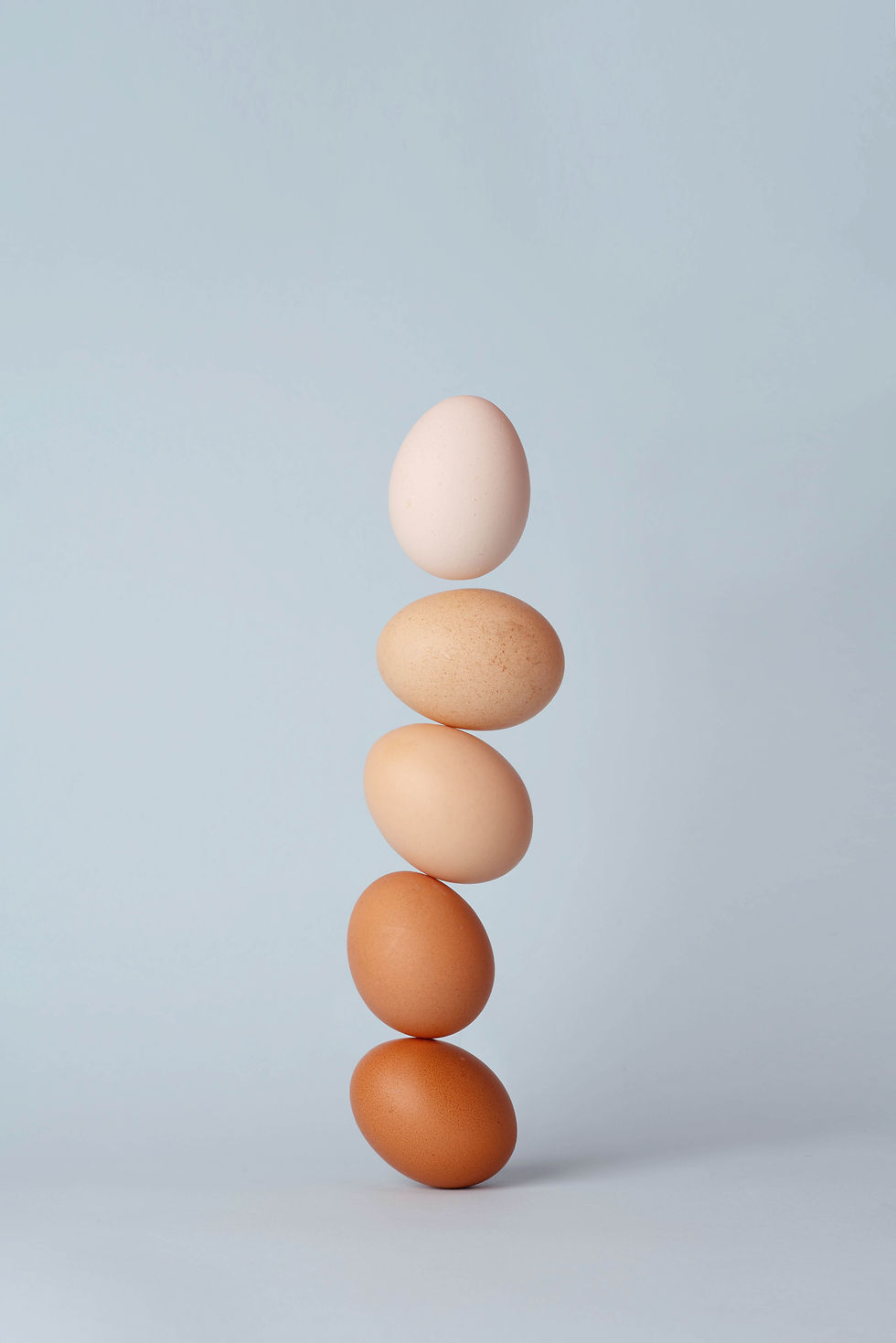
Let's Get Started!
The idea that exercise is the best way to get our bodies in shape and keep them that way is a very popular one. How else do you explain people deliberately and disciplined budgeting time to work out as part of their daily routines? And honestly, it's not without good reason, as exercise does provide your body with vigorous enough activity to burn calories and tone muscles, and maintaining this keeps up the pace of the metabolic processes that your body needs to stay in shape.
It bears remembering, however, that what you eat also plays a big role ensuring in your overall fitness. Diets have been around for as long as we can remember, as specifically designed eating plans that help us manage our intake in order to maximize the fuel our bodies get fed and minimize the junk that gets leftover afterward.
The Low Carb Diet is one such structured food plan that allows you to make the most of the food you consume while helping you avoid the more tedious needs usually associated with dieting, like the need for calorie counting.
Basically, "Low Carb" refers to a reduction in the intake of starchy and sugary types of food, leveraging instead vegetables, protein, and natural fats.
What is a Low Carb Diet?

A Low Carb diet, or even a Low Carb, High Fat diet, focuses on populating the food plan with above-ground vegetables, fish, meat, and natural fats like butter. That's the good news because this means that unlike other diets, you don't necessarily have to abandon any specific dishes that you already love to eat. You can also skip the usual calorie-counting, portion-measuring behavior that some diets run on. However, while you aren't a slave to supposed low-fat variants of foods either, you'll still need to let go of certain things: pasta, rice, potatoes, bread, beans, and other sugary, starchy foods.
Why does the Low Carb diet focus on cutting those out? There are many benefits, not least helping your blood sugar levels stabilize and thus helping your body reduce your levels of fat-storing insulin (another reason that fat is an acceptable part of this diet -- it doesn't get trapped in your body as much). You can thus burn more fat when you work out, and your body can get more out of the food that you eat. However, the insulin-related and other implications of this diet also mean that it is best for people who are NOT taking medication for high blood pressure or type 2 diabetes.
GETTING STARTED: WHAT TO EAT
As noted, there are certain foods to prioritize in a low carb, high-fat diet.

Meats. All meat is protein and fat, with no carbs to really speak of. The beauty of the low carb, high fat diet is you don't have to obsessively trim the fat or skin off, so you can mostly go with your comfort level on that.
Eggs. Organic is best but not strictly required. Any cooking method will do.
Fish. This is where fat REALLY works in your favor, as fatty fish is rich in omega-3 fatty acids that are actually GOOD for you. Salmon, sardines, herring, and mackerel are high in that.
Above-ground vegetables. This includes spinach, lettuce, cucumber, avocado, and asparagus. Broccoli, peppers (red, green, yellow), brussels sprouts, green beans, and cauliflower also count, but they do have more carbs than the previous group.
There are also food types to cut down on or drastically reduce, typically those that are mainly carbs or high in carbs.

Sugar. Well, duh. Anything that has it or is heavy in it will have to go -- right down to snack options like sodas, fruit juice, candy, confections and desserts, breakfast cereals. Sugar is addictive, as you likely know by now!
Starch. This means things like bread and pasta, including whole grains. There are low-carb variants if you absolutely have to have your fix. You can make an exception for beans, lentils, and some root vegetables (although they do generally have carbs) unless you're holding to an extremely low carb count.
Beer. Sorry, happy hour fans -- beer can be described as "liquid bread" with total accuracy, especially since the production process and ingredients are so similar.
Fruit. You can get by with small amounts of berries, but fruits are called "nature's candy" for a reason.
GETTING STARTED: WHAT TO EXPECT
Shifting to such a different intake pattern is not going to happen without any side effects, which is true of any diet change. You may experience some withdrawal symptoms, including irritability, headaches, dizziness, and even heart palpitations. These are collectively called the "induction flu", and can last for up to a week after your shift to low carb.
Unless they are particularly severe, they are normal bodily reactions to the reduction in the usual intake level of carbs. One reason these symptoms start popping up at this transitory point is that carbohydrate-rich foods cause your body to retain water, and cutting down the former cuts down the latter. These side effects are likely to scale down as your body starts to burn more fat and stabilize your blood sugar level.
You can mitigate the severity of these symptoms and ease the transition by keeping a high fluid intake and balancing out the cutbacks with good hydration and a temporary increase in salt intake -- for the latter, preferably in the form of bouillon or broth, every few hours or with every meal. This last can also be phased out as your body becomes more comfortable with the new intake pattern.
So, let's get started!


